In modern architecture, industrial manufacturing, and creative arts, versatility in materials plays a crucial role in design innovation. One material that continues to inspire designers across various industries is Expanded Metal Mesh. Known for its strength, flexibility, and aesthetic potential, expanded metal mesh provides endless opportunities for generating creative and functional designs.
This article explores how you can generate more designs using Expanded Metal Mesh, highlighting its unique properties, applications, and the design strategies that bring its full potential to life.
Understanding the Structure and Benefits of Expanded Metal Mesh
Expanded Metal Mesh is produced by simultaneously slitting and stretching a metal sheet into a mesh with diamond-shaped openings. Unlike other types of mesh or sheet metal, expanded metal maintains its integral structure because it is not woven or welded.
The key benefits that make Expanded Metal Mesh ideal for design include:
- Strength and Durability: The continuous piece structure enhances load-bearing capacity.
- Lightweight Properties: It offers strength without excessive weight.
- Aesthetic Versatility: Various patterns, thicknesses, and materials create visual interest.
- Cost Efficiency: Minimal waste is produced during manufacturing.
- Safety Features: Anti-slip surfaces and ventilation capabilities add functional value.
These benefits set the foundation for generating innovative designs across industries.
Exploring Material Options to Expand Design Possibilities
The choice of material significantly influences the design possibilities with Expanded Metal Mesh. Common materials include:
- Mild Steel: Ideal for structural and industrial designs where strength is a priority.
- Stainless Steel: Preferred for corrosion resistance in exterior and marine applications.
- Aluminum: Used for lightweight architectural and decorative designs.
- Copper and Brass: Popular for luxurious interior designs and artistic installations.
Selecting the appropriate material opens up different aesthetic and functional outcomes, empowering designers to align the material properties with their project goals.
Using Expanded Metal Mesh in Architectural Design
In architecture, Expanded Metal Mesh is celebrated for its visual and functional benefits. It allows architects to introduce texture, light, and movement into their designs while maintaining structural integrity.
Some ways expanded metal mesh elevates architectural designs include:
- Façades and Cladding: Provides shading, ventilation, and aesthetic appeal to building exteriors.
- Partitions and Dividers: Creates semi-transparent separations in open-plan interiors.
- Ceilings and Walls: Adds texture and visual dynamics to traditionally flat surfaces.
- Sun Screens: Helps regulate internal temperatures while enhancing visual design.
Designing for a Sustainable Future: As the demand for eco-conscious solutions rises, Expanded Metal Mesh plays a vital role in sustainable design strategies. Its manufacturing process produces minimal waste, and its recyclability supports long-term environmental goals. By incorporating expanded metal mesh into projects, designers contribute to creating structures that are both innovative and environmentally responsible, paving the way for a greener future.
Applying Creative Techniques for Customized Patterns
One of the greatest strengths of Expanded Metal Mesh lies in its customizability. Designers can modify patterns, strand thickness, and aperture sizes to create unique visual effects.
Several techniques to generate more creative designs include:
- Varying Mesh Size: Alternating fine and large meshes within the same installation creates striking contrasts.
- Color Coating and Finishing: Powder coating, anodizing, or painting the mesh in different colors enhances aesthetic diversity.
- Pattern Customization: Diamond, square, round, or hexagonal openings can be tailored to suit different design themes.
- Curving and Bending: Shaping the mesh allows for dynamic, flowing forms instead of flat surfaces.
Through these techniques, designers can push the boundaries of traditional applications and unlock new artistic expressions with Expanded Metal Mesh.
Combining Expanded Metal Mesh with Other Materials
To create richer and more layered designs, expanded metal mesh can be combined with other materials like glass, wood, or concrete. This approach enhances both the visual appeal and functionality of a structure.
Examples include:
- Glass and Mesh Façades: Offering transparency, shade, and energy efficiency.
- Concrete and Mesh Walls: Providing texture and depth to monolithic structures.
- Wood and Mesh Partitions: Blending natural warmth with industrial strength for contemporary interiors.
Using mixed materials strategically allows for unique design narratives that cater to both modernist and traditional aesthetics.

Utilizing Lighting Effects with Expanded Metal Mesh
Lighting plays a crucial role in elevating the impact of Expanded Metal Mesh designs. When strategically illuminated, the mesh’s three-dimensional properties create dynamic patterns of light and shadow.
Designers can use lighting effects to:
- Highlight Texture: Emphasize the surface geometry of the mesh.
- Create Movement: Simulate flowing forms through shifting light patterns.
- Enhance Ambiance: Add drama and depth to spaces during nighttime.
By integrating lighting into expanded metal mesh installations, designers can craft visually engaging environments that change throughout the day and night.
Exploring Industrial Applications for Functional Designs
Beyond architecture, Expanded Metal Mesh is essential in various industrial sectors due to its functionality. Design generation in industrial contexts focuses on practicality, efficiency, and safety.
Common industrial design applications include:
- Machine Guards and Enclosures: Protect workers without obstructing visibility.
- Walkways and Stair Treads: Provide anti-slip surfaces in factories and plants.
- Filters and Screens: Allow airflow while preventing debris intrusion.
- Security Fencing: Offer high strength and low visibility for secure facilities.
These applications demonstrate how expanded metal mesh meets demanding industrial needs while offering room for tailored, functional designs.
Embracing Sustainable Design with Expanded Metal Mesh
Sustainability is increasingly becoming a critical factor in material selection. Expanded Metal Mesh supports sustainable design principles through:
- Minimal Waste Production: Efficient manufacturing processes reduce material wastage.
- Recyclability: Metals like steel and aluminum are easily recyclable, supporting circular economy goals.
- Energy Efficiency Contributions: Used in facades and shading systems, it helps lower building energy demands.
By prioritizing expanded metal mesh in projects, designers not only achieve creative goals but also contribute to environmentally responsible construction practices.
Choosing the Right Supplier for High-Quality Expanded Metal Mesh
Generating successful designs starts with sourcing the right materials. A reputable supplier of Expanded Metal Mesh ensures access to high-quality products, customization options, and technical support.
Key criteria for choosing a supplier include:
- Material Quality Certifications: Compliance with international standards like ISO or ASTM.
- Customization Capabilities: Ability to produce custom meshes tailored to specific project requirements.
- Technical Expertise: Assistance in selecting mesh types, thicknesses, and finishes.
- Delivery and Service Reliability: Timely delivery and responsive customer support.
Partnering with a trusted supplier ensures that designers have the freedom to explore innovative ideas without compromising on quality or performance.
Future Trends Shaping Expanded Metal Mesh Designs
As design trends continue to evolve, Expanded Metal Mesh remains a material with growing relevance. Future trends influencing its use include:
- Smart Integration: Embedding sensors or dynamic lighting within mesh structures.
- Biophilic Designs: Using expanded metal to create green walls and living structures.
- Advanced Finishing Techniques: Development of finishes that offer self-cleaning or energy-harvesting properties.
- Parametric Design Integration: Using digital tools to create complex, customized mesh patterns for unique architectural statements.
Staying updated with these trends empowers designers to harness expanded metal mesh in increasingly innovative ways.
Conclusion
Generating more designs with Expanded Metal Mesh is both an art and a science. By understanding the material’s strengths, exploring customization options, combining it with lighting and other materials, and keeping sustainability in mind, designers can unlock virtually unlimited creative potential.
Whether you are an architect, industrial designer, artist, or engineer, Expanded Metal Mesh offers a robust and versatile medium to bring your most ambitious design visions to life. With the right approach and resources, expanded metal mesh can transform ordinary spaces and structures into extraordinary works of functional art.
For more insightful articles related to this topic, feel free to visit: techners

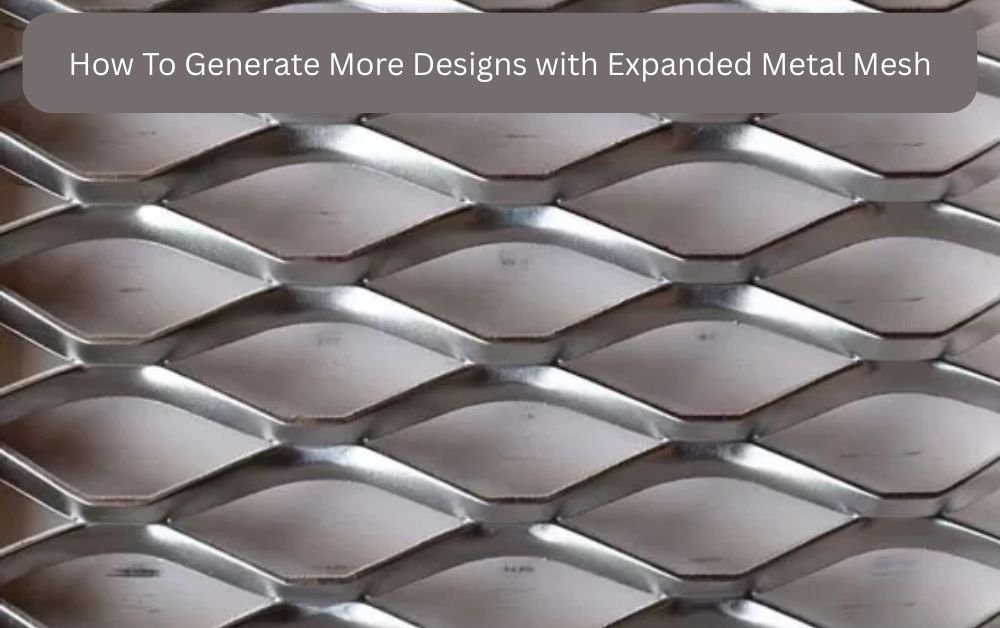
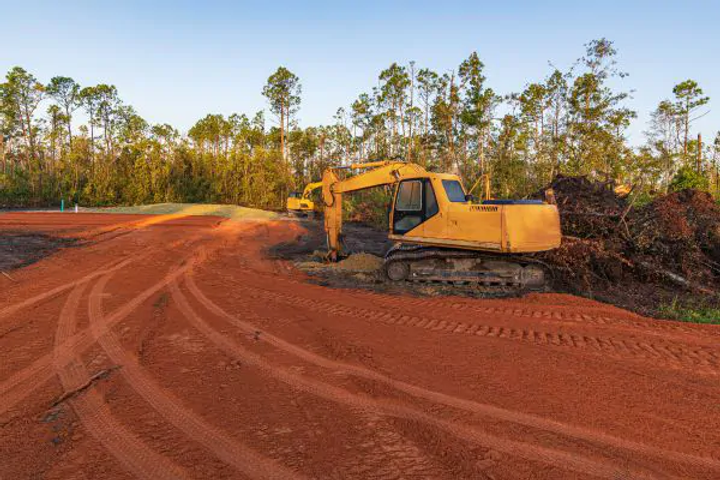

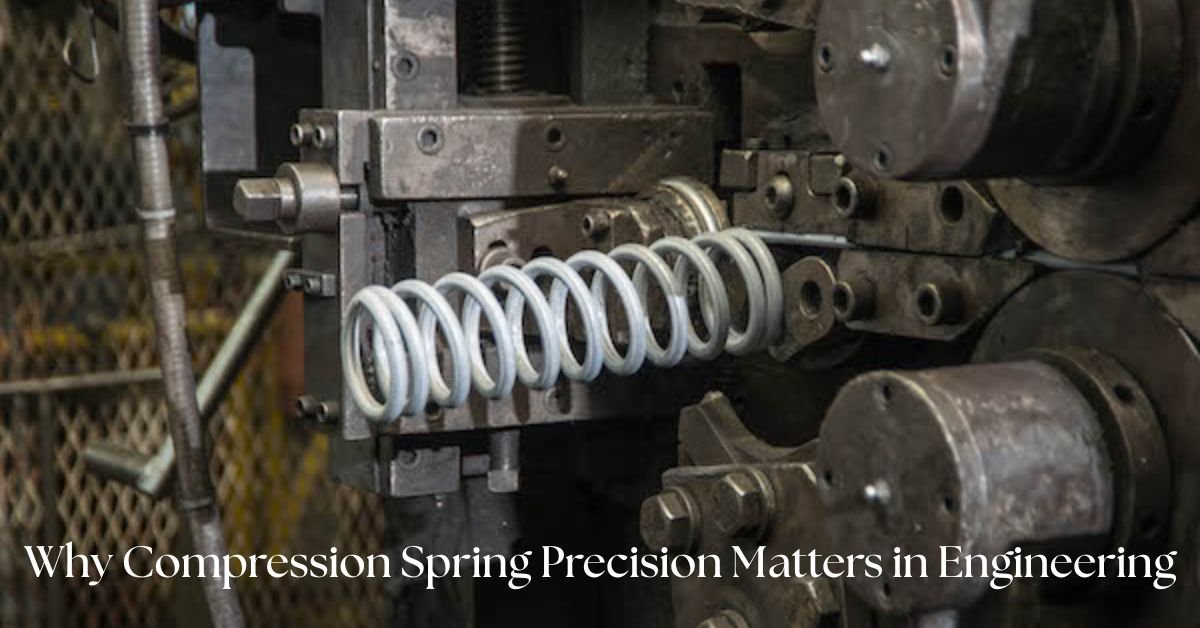

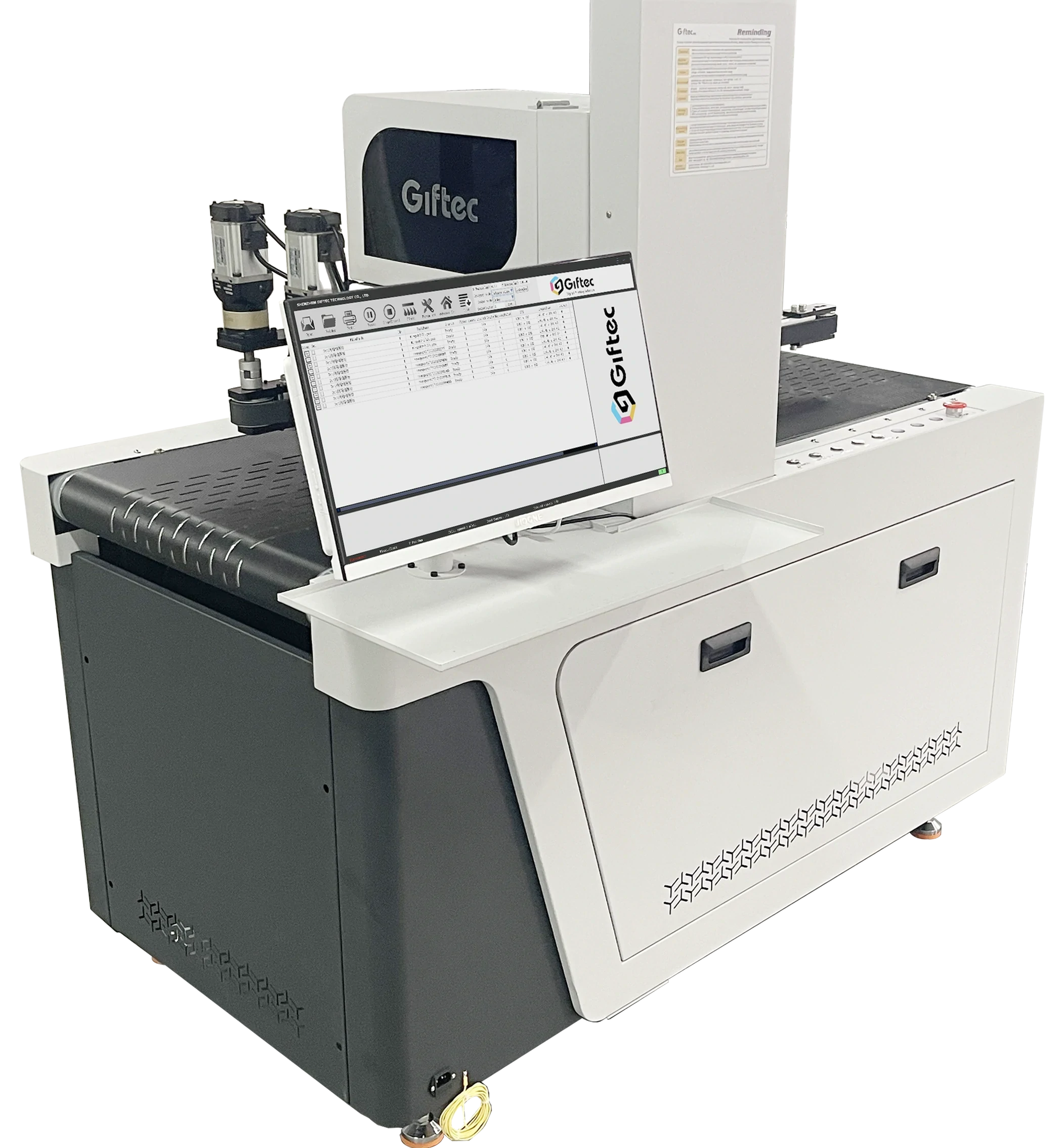

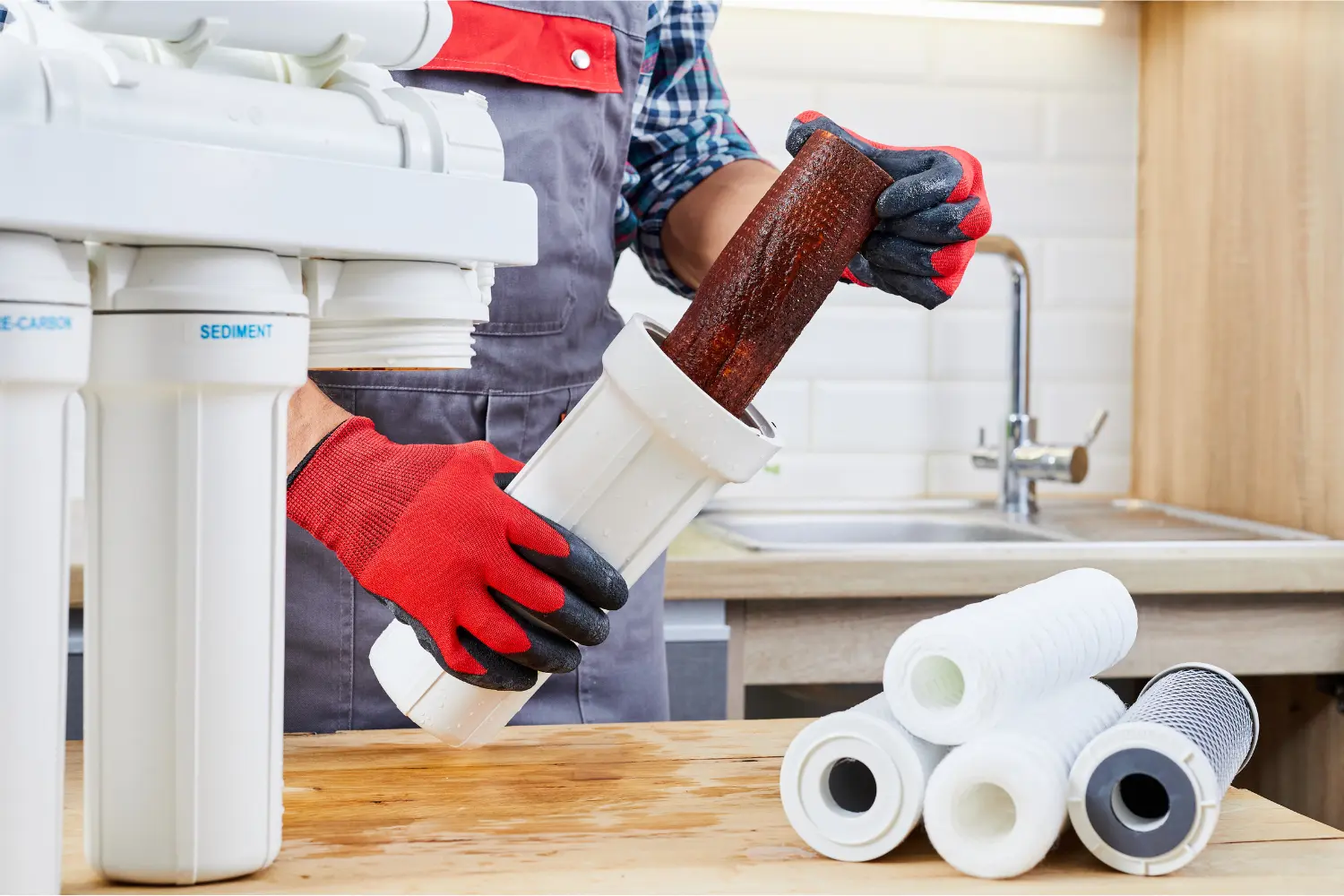



Leave a Reply